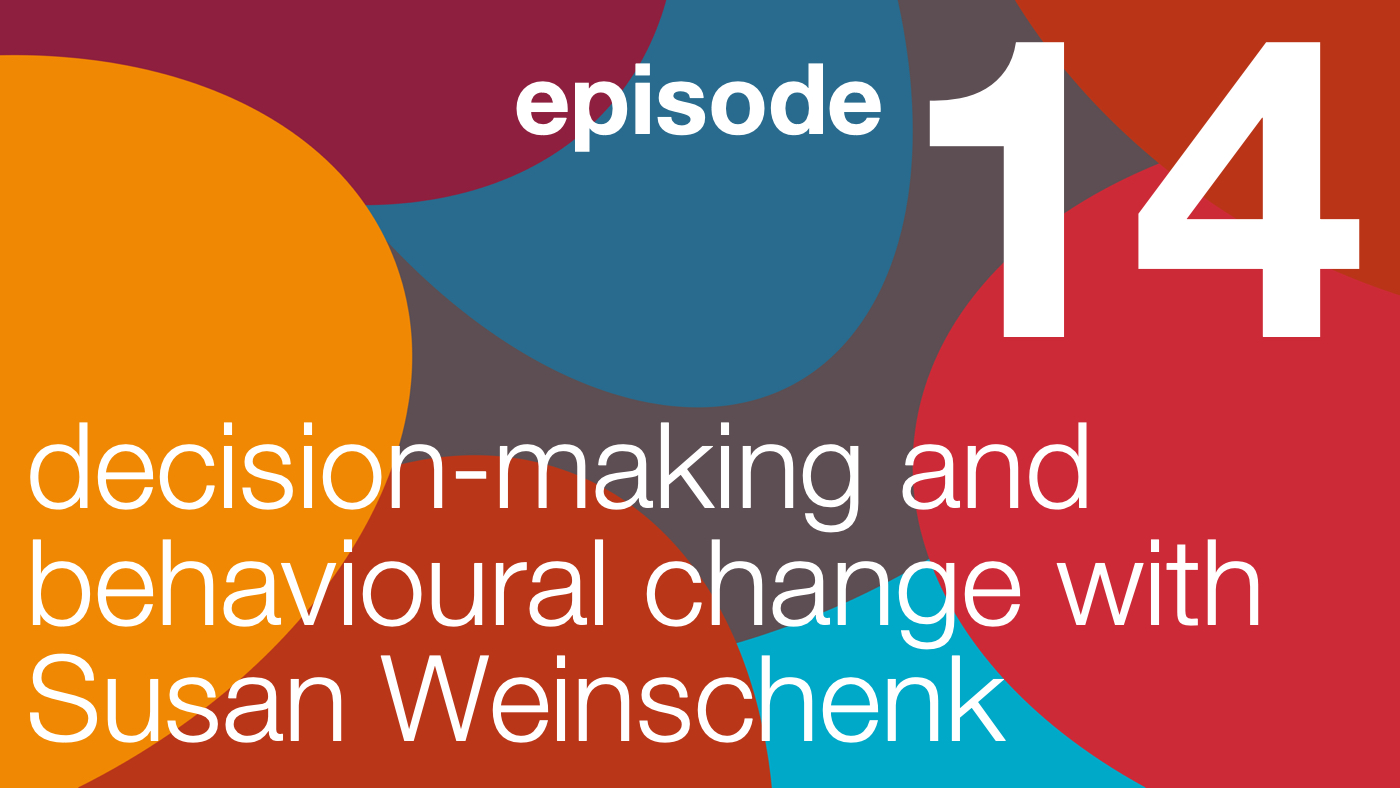
Understanding decision making in the workplace is almost like the holy grail. What we want is for our colleagues to make better decisions, but for this to happen we need to take a few steps back. Decision making in the workplace takes place in the context of the organisational culture.
Often when we talk to people about organisational culture, they see culture as something so big that it becomes too overwhelming to think about. Instead, they prefer to take the path of least resistance, focusing on awareness and driving behaviour. However, behavioural science keeps pointing to the fact that individuals need to feel involved in policy creation if buy-in and actual behavioural change is to occur.
But, won’t this take too much time?
How can an organisation possibly gain buy-in from all their employees?
Interestingly, the amount of interaction that people need in order to feel that they are involved is probably a lot less than you think…
Individuals, Groups, Decision Making, And Self-Regulation
Susan Weinschenk joins Bruce in Series 2 / Episode 2 of the Re-Thinking The Human Factor podcast to have a deeper look into this topic.
Susan has a PhD in Psychology. She applies research in brain science and psychology to predict, understand, and explain what motivates people and how they behave. Her consulting includes applying behavioural science to the design of websites, software, medical devices, tv ads, physical devices, presentations, experiences, and physical spaces. She is an author, teacher, mentor, and consultant to Fortune 1000 clients, government, non-profit, and start-ups. Her books include: How To Get People To Do Stuff, 100 Things Every Designer Needs to Know About People, 100 Things Every Presenter Needs to Know About People, and Neuro Web Design: What makes them click?
Susan’s specialities include Behavioural Science, Brain Science, Psychology, and User Experience.
Decision making and behavioural change, with Susan Weinschenck
JOIN SUSAN WEINSCHENK AND BRUCE HALLAS AS THEY DISCUSS:
- The influence of individual self-stories on a person’s behaviour
- Brain function and value-based, goal-directed decision-making vs. habit-based decision-making
- The importance of similarity in environments between the one in which a person is trained vs. the space where that person will encounter actual on-the-job issues, and how different environments can hamper training and habit-based decision-making
- What choice architecture is and how it relates to how you build an actual environment to bring around the behavioural outcomes you’re looking for
- Whether any gains around behaviour can be made without taking into consideration the broader cultural context
- The power of social norms and groups to regulate behaviour
- The necessity of involving at least some members of strong-tie teams/communities in development of policies in order to increase buy-in and ensure wider-spread behavioural change
- The importance of looking at Cyber Security as if it were a product, understanding that having repeat customers of the product is the end goal
- Drivers of motivation behind people’s engagement with awareness campaigns, and what kind of behavioural change can be expected through gamification and rewards-style motivation
“The amount of interaction that people need in order to feel that they were involved is probably a lot less than you think…”
FURTHER STUDY AND RESEARCH
Re-thinking the Human Factor Ep 05 with Ciaran McMahon
Choice Architecture
Robin Dunbar (Dunbar’s Number)
MORE ABOUT SUSAN WEINSCHENK:
Please subscribe to the podcast in iTunes, and if you enjoyed this interview, please share with your friends and colleagues and leave a 5 star rating and review.
Thanks for listening and sharing.
Bruce & The Re-thinking the Human Factor Podcast Team
